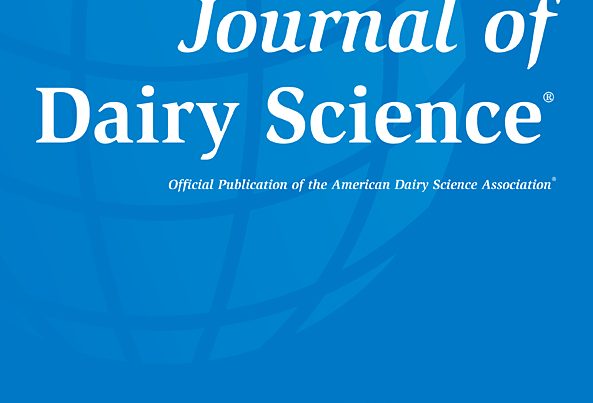Document type: eFeedLink article
Authors: Marisabel Caballero, Guillermo Gaona
Preview: Stress in animals can be defined as any factor causing disruptions to their homeostasis, their stable internal balance. Stress engenders a biological response to regain equilibrium. We can distinguish four major types of stress in the poultry industry: technological or management-related stress; environmental stress; nutritional stress, including due to heavy metals, mycotoxins, and low-quality ingredients; and internal stress, which is related to health status and health challenges. All types of stress lead to molecular and cellular changes that decrease health and productivity. [...]
Heat stress is a common reality in poultry production, its effects are quite complex and harmful and depend on the intensity and duration of the exposure to high temperatures.
The gut is affected by heat stress through several pathways, including organ ischemia and hypoxia, as well as oxidative stress.
In heat stress challenges, the intestinal barrier is compromised because of lower tight junction protein expression, enterocyte damage, and microbiome unbalance, leading to gut health issues such as dysbiosis and necrotic enteritis.
At the gut level, phytomolecules such as carvacrol, cinnamaldehyde, capsaicin, silymarin, cineol, and menthol, among others, have been found to alleviate heat stress through their antioxidant capacities, leading to improved animal health and performance.






